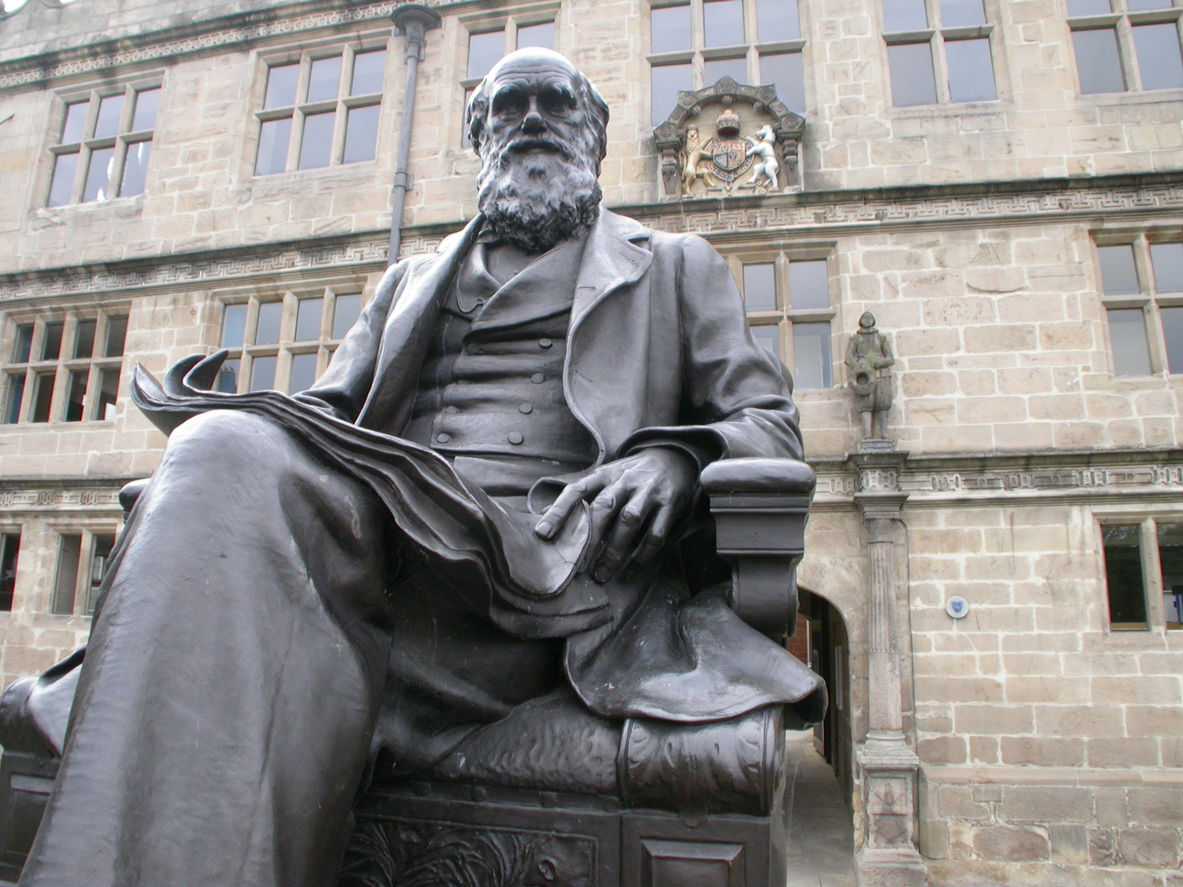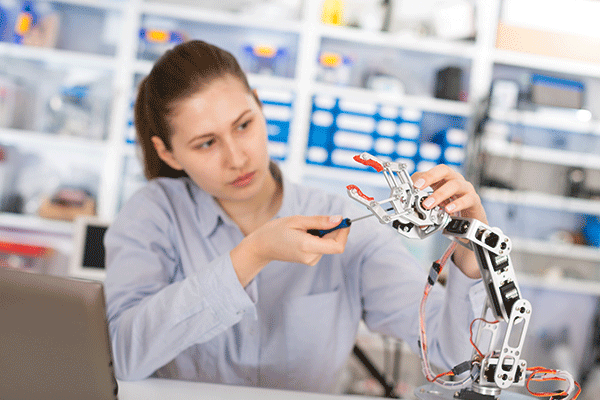By: Jonathan Coopersmith, Texas A&M University
 Imagine if you could gas up your GM car only at GM gas stations. Or if you had to find a gas station servicing cars made from 2005 to 2012 to fill up your 2011 vehicle. It would be inconvenient and frustrating, right? This is the problem electric vehicle owners face every day when trying to recharge their cars. The industry’s failure, so far, to create a universal charging system demonstrates why setting standards is so important – and so difficult.
Imagine if you could gas up your GM car only at GM gas stations. Or if you had to find a gas station servicing cars made from 2005 to 2012 to fill up your 2011 vehicle. It would be inconvenient and frustrating, right? This is the problem electric vehicle owners face every day when trying to recharge their cars. The industry’s failure, so far, to create a universal charging system demonstrates why setting standards is so important – and so difficult.
When done right, standards can both be invisible and make our lives immeasurably easier and simpler. Any brand of toaster can plug into any electric outlet. Pulling up to a gas station, you can be confident that the pump’s filler gun will fit into your car’s fuel tank opening. When there are competing standards, users become afraid of choosing an obsolete or “losing” technology.
Most standards, like electrical plugs, are so simple we don’t even really notice them. And yet the stakes are high: Poor standards won’t be widely adopted, defeating the purpose of standardization in the first place. Good standards, by contrast, will ensure compatibility among competing firms and evolve as technology advances.
My own research into the history of fax machines illustrates this well, and provides a useful analogy for today’s development of electric cars. In the 1960s and 1970s, two poor standards for faxing resulted in a small market filled with machines that could not communicate with each other. In 1980, however, a new standard sparked two decades of rapid growth grounded in compatible machines built by competing manufacturers who battled for a share of an increasing market. Consumers benefited from better fax machines that seamlessly worked with each other, vastly expanding their utility.
(more…)


 The ECS Organic and Biological Electrochemistry (OBE) Division is currently accepting nominations:
The ECS Organic and Biological Electrochemistry (OBE) Division is currently accepting nominations: “The
“The  Taking a detailed look inside energy storage systems could help solve potential issues before they arise. A team of researchers from Brookhaven National Laboratory are doing just that by imaging the inner workings of a sodium-metal sulfide battery, leading them to understand the cause of degraded performance.
Taking a detailed look inside energy storage systems could help solve potential issues before they arise. A team of researchers from Brookhaven National Laboratory are doing just that by imaging the inner workings of a sodium-metal sulfide battery, leading them to understand the cause of degraded performance. As millions of students of all ages return to school this fall, they are making important choices that have a strong influence on their eventual career path – which college majors to pursue, which high school classes to take, even which elementary school extracurricular activities to join. Many of them – especially women, girls and members of minority groups – make choices that lead them away from professions in the fields of science, technology, engineering and mathematics (STEM).
As millions of students of all ages return to school this fall, they are making important choices that have a strong influence on their eventual career path – which college majors to pursue, which high school classes to take, even which elementary school extracurricular activities to join. Many of them – especially women, girls and members of minority groups – make choices that lead them away from professions in the fields of science, technology, engineering and mathematics (STEM). The advent of the Internet of Things suggests the potential for broad dissemination of information through a world of networked systems. An aspect of this paradigm is reflected in the concept of Smart Sensors Systems previously described in Interface: Complete self-contained sensor systems that include multi-parameter sensing, data logging, processing and analysis, self-contained power, and an ability to transmit or display information.
The advent of the Internet of Things suggests the potential for broad dissemination of information through a world of networked systems. An aspect of this paradigm is reflected in the concept of Smart Sensors Systems previously described in Interface: Complete self-contained sensor systems that include multi-parameter sensing, data logging, processing and analysis, self-contained power, and an ability to transmit or display information. Imagine if you could gas up your GM car only at GM gas stations. Or if you had to find a gas station servicing cars made from 2005 to 2012 to fill up your 2011 vehicle. It would be inconvenient and frustrating, right? This is the problem electric vehicle owners face every day when trying to recharge their cars. The industry’s failure, so far, to create a universal charging system demonstrates why setting standards is so important – and so difficult.
Imagine if you could gas up your GM car only at GM gas stations. Or if you had to find a gas station servicing cars made from 2005 to 2012 to fill up your 2011 vehicle. It would be inconvenient and frustrating, right? This is the problem electric vehicle owners face every day when trying to recharge their cars. The industry’s failure, so far, to create a universal charging system demonstrates why setting standards is so important – and so difficult.
 A team of researchers from Texas A&M University is looking to take the negative impact of excessive levels of carbon dioxide in the atmosphere and turn it into a positive with renewable hydrocarbon fuels.
A team of researchers from Texas A&M University is looking to take the negative impact of excessive levels of carbon dioxide in the atmosphere and turn it into a positive with renewable hydrocarbon fuels.